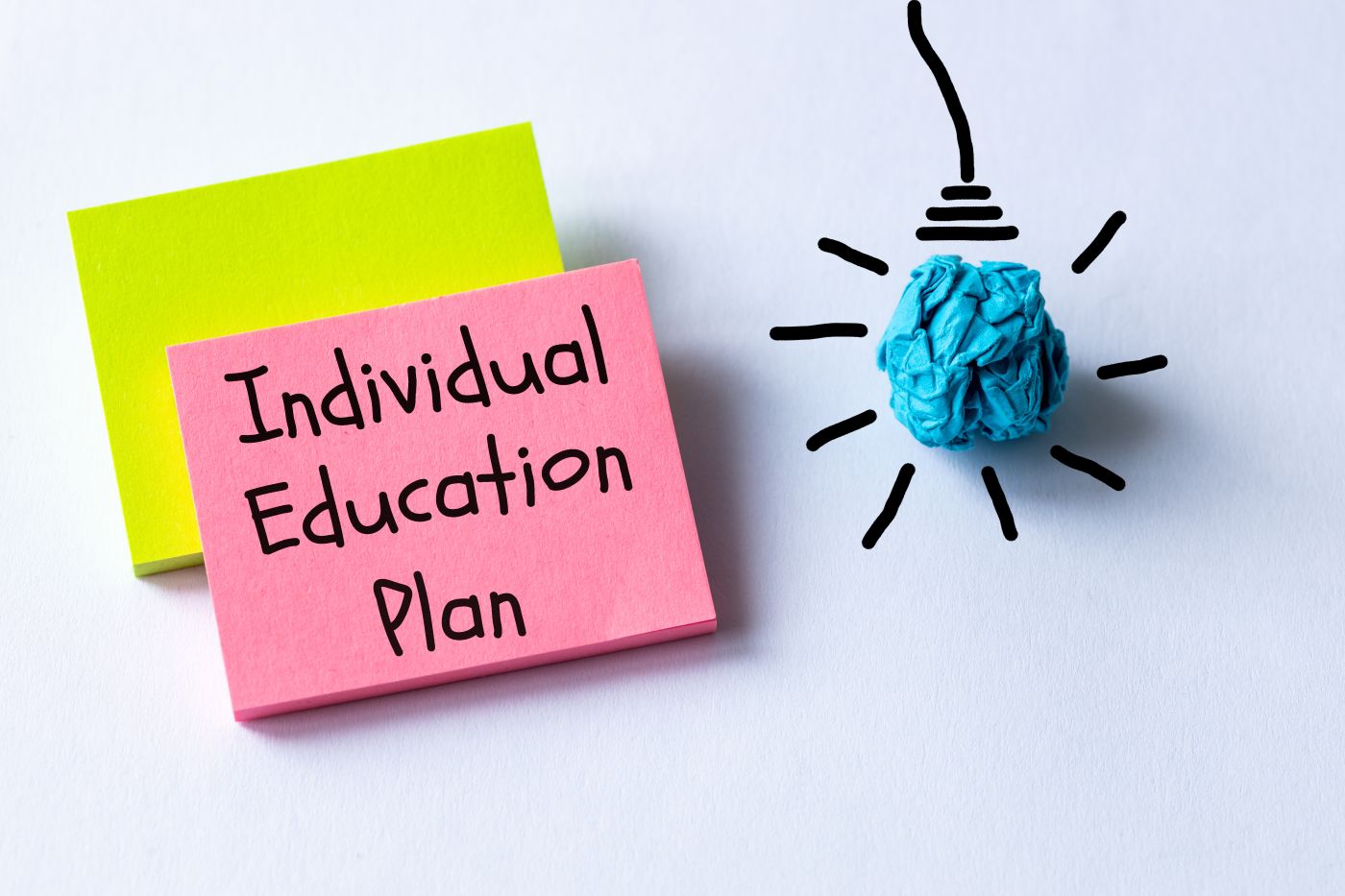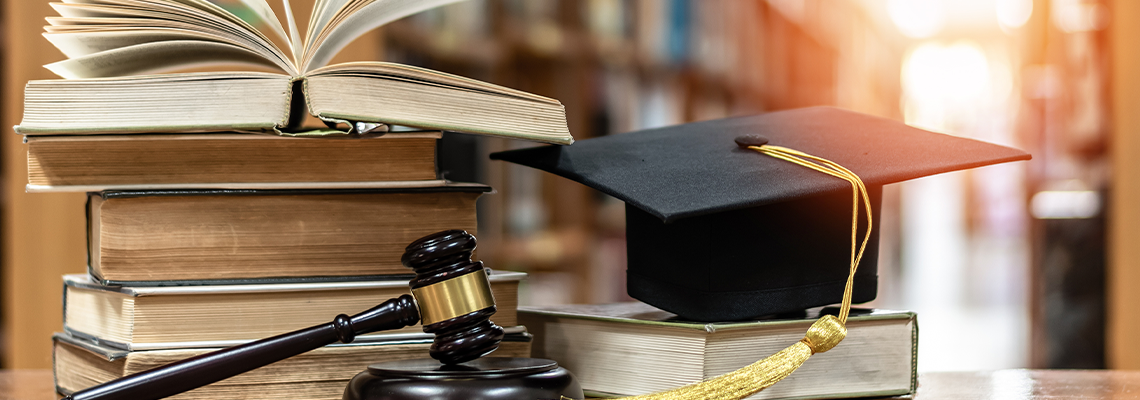
At the Law Offices of Joseph M. Fein, I understand the importance of creating Individualized Education Plans (IEPs) that are tailored to the unique needs of each student. Special education law is in place to guarantee that children with disabilities receive the support they need to succeed in school.
Creating an effective IEP isn’t just about filling out paperwork—it's about providing a roadmap for a child's educational success. Through this process, families and educators work together to make sure that the IEP supports the child's learning goals and addresses any challenges they may face.
Read on for more information about how special education law can guide the development of IEPs and the best practices to follow in creating one.
The Purpose of an IEP
An Individualized Education Plan (IEP) is a legal document developed to make sure that students with disabilities receive the appropriate education they deserve. It’s not a one-size-fits-all solution but rather a customized plan that addresses the unique needs of each student.
Special education law requires that the IEP clearly outlines the services, accommodations, and supports the student will receive to help them succeed in the classroom.
The IEP serves as a tool for parents, educators, and specialists to set specific academic goals for the student and track their progress over time. Understanding the purpose of an IEP is the first step in creating a plan that truly supports a student’s educational and personal growth.
Moving forward, it’s important to recognize that collaboration between parents and educators is key in making sure that the IEP is effective and comprehensive.
Collaboration Between Parents and Educators
Effective collaboration between parents and educators is essential for creating an IEP that reflects the child’s needs and goals. As a parent, you have unique knowledge into your child’s strengths, challenges, and learning style, while educators bring their professional knowledge of teaching strategies and educational resources.
Together, you can create an IEP that provides the right support for the student’s academic journey.
Regular communication is the foundation of a successful partnership. Parents should be involved in meetings, providing input on the child’s strengths, needs, and challenges, while educators share their observations and strategies to support the child in the classroom. Some key factors to keep in mind when collaborating on an IEP include:
Open and honest communication: Regular updates and clear conversations about the child’s progress foster a positive relationship between parents and educators.
Setting shared goals: Both parties should agree on academic and behavioral goals to secure consistency and alignment.
Tracking progress: Parents and educators should agree on measurable goals and methods to track the student’s progress throughout the year.
Flexibility: The IEP should be open to adjustments as the child’s needs change.
This collaboration helps make sure that the IEP is both realistic and impactful. Next, we’ll look at the importance of setting specific and measurable goals to track the student’s academic and personal development.
Setting Specific and Measurable Goals
One of the most critical components of an effective IEP is the establishment of clear, measurable goals. These goals provide a tangible way to assess a student’s progress and determine whether the educational strategies in place are successful.
Special education law mandates that the goals in an IEP be aligned with the student’s needs and be achievable within a given timeframe.
Setting specific goals is key to making sure that both the student and the educational team can monitor progress and make adjustments as necessary. The goals should cover various aspects of the student’s development, such as academic skills, social-emotional growth, and behavioral improvements.
These goals should be challenging yet attainable. Here are some aspects to consider when setting IEP goals:
Academic goals: Focus on specific skills like reading comprehension, writing, or math proficiency.
Behavioral goals: Address behaviors that may hinder the student’s ability to learn, such as managing frustration or improving focus.
Social goals: Consider goals that help the student develop better social interactions or improve emotional regulation.
Transition goals: For students nearing high school graduation, transition goals can help prepare them for life after school, whether it be higher education or employment.
By establishing clear, measurable goals, parents and educators can make sure that the IEP has a clear focus and can be monitored for progress. With these goals in mind, it’s also essential to consider how accommodations and modifications will be used to support the student in achieving these objectives.
Accommodations and Modifications for Student Success
Accommodations and modifications are vital components of the IEP. Accommodations change how a student accesses information, while modifications alter the expectations for what a student must learn. Special education law requires that IEPs include both accommodations and modifications, depending on the student’s unique needs and abilities.
Accommodations may include extra time on tests, seating arrangements to minimize distractions, or the use of assistive technology to help the student access the curriculum. Modifications, on the other hand, might involve reducing the difficulty of assignments or altering the format of tests.
Understanding the differences between the two and applying them appropriately is crucial for creating an effective IEP. Some important considerations when implementing accommodations and modifications include:
Identifying specific needs: Assess the student’s challenges to determine whether accommodations or modifications are necessary.
Implementing the least restrictive environment: Accommodations should allow the student to participate in the general education classroom as much as possible.
Monitoring effectiveness: Regularly assess the effectiveness of accommodations and modifications to determine whether adjustments are needed.
When properly incorporated, accommodations and modifications make sure that the student has the tools and support necessary to succeed in the classroom. As we continue, it’s important to discuss how the IEP should be reviewed and updated regularly to assure continued effectiveness.
Reviewing and Updating the IEP
The IEP is a dynamic document that should be regularly reviewed and updated to reflect the student’s changing needs. Special education law mandates that IEPs be reviewed at least annually, but more frequent reviews may be necessary, especially if the student’s needs change or if they aren’t making adequate progress.
By keeping the IEP up to date, parents and educators can make sure that it continues to support the student’s educational development.
During the review process, the educational team should assess the student’s progress toward the established goals. If the student isn’t meeting their goals, the IEP may need to be adjusted to provide additional support or to modify existing strategies. Key factors to consider when reviewing and updating the IEP include:
Reviewing progress reports: Teachers should provide detailed reports on the student’s progress toward their goals, allowing for a data-driven assessment.
Gathering feedback: Input from parents, teachers, and other specialists helps determine whether adjustments are needed.
Adapting the plan: The IEP should be flexible and open to changes that better serve the student’s needs.
Regular updates make sure that the IEP continues to be an effective tool for supporting the student’s growth and success in school. Next, we’ll discuss why it’s important to know your rights under special education law.
Knowing Your Rights Under Special Education Law
Special education law guarantees that children with disabilities have the right to a free and appropriate public education (FAPE). It outlines specific protections for students and their families, making sure that they have a voice in the IEP process and that their child receives the support they need.
By understanding your rights under special education law, you can advocate more effectively for your child’s needs.
Parents have the right to be involved in the IEP process and to provide input on their child’s educational plan. Additionally, they have the right to request an independent educational evaluation if they disagree with the school’s assessment or proposed IEP.
Special education law also provides procedural safeguards, which allow parents to challenge decisions made by the school district if they feel their child’s rights are being violated. Understanding these rights empowers parents to be strong advocates for their children’s education.
Contact My Firm Today
As an experienced special education law attorney, I’m committed to helping families manage the intricacies of the law. I serve clients throughout the five boroughs of New York, including Cedarhurst, Nassau County, and Long Island.
If you need assistance in understanding your child’s rights, developing an effective IEP, or advocating for the support your child deserves, I encourage you to contact my firm, the Law Offices of Joseph M. Fein, today.


